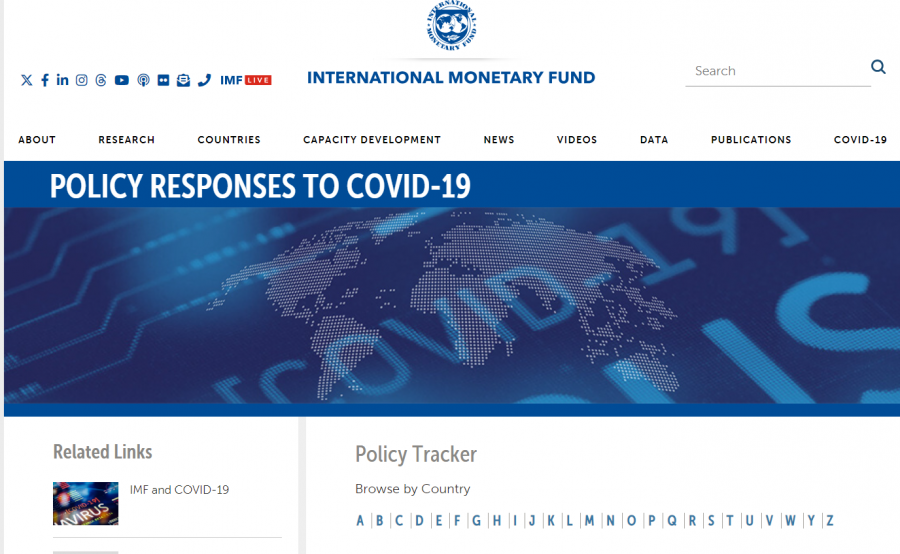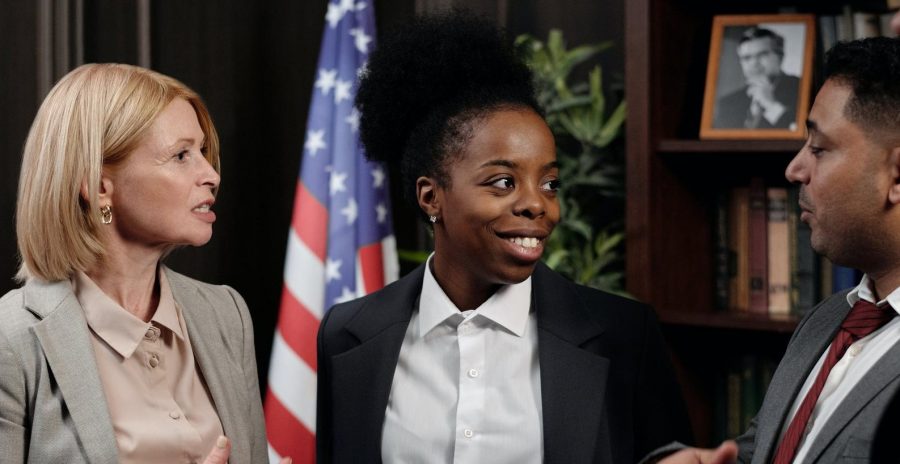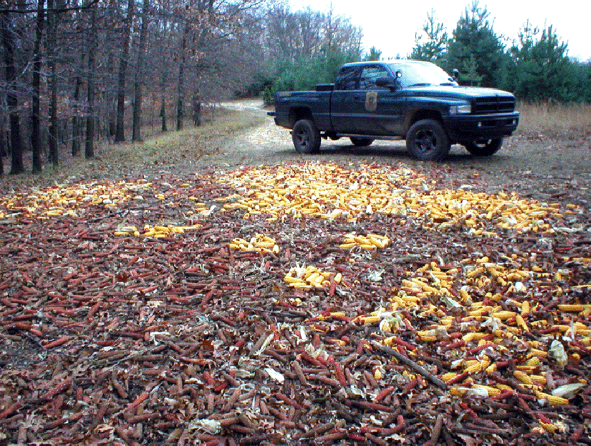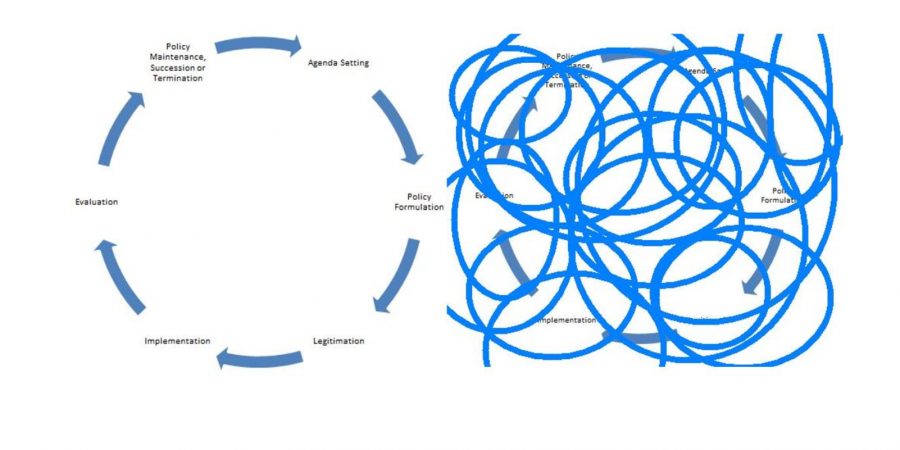Make a Difference With These Alternative Public Policy Jobs.

Public policy shapes nearly every aspect of our daily lives: from the speed limits that keep roads safe to the environmental regulations that protect our air and water. At its core, public policy is a framework of laws, guidelines, and actions that governments OF ALL LEVELS adopt to address societal needs and solve problems.
Because these needs are so varied, ranging from public safety to technology to global issues, careers in public policy are equally diverse.
Whether working in government, nonprofits, consulting firms, or research organizations, professionals with public policy expertise help design solutions, evaluate programs, and guide decision-making. Some become policy analysts or legislative assistants whereas others pursue specialized paths in healthcare, urban planning, environmental sustainability, or even space exploration.
If you’re wondering what is public policy? Or exploring potential public policy careers, you’ll find there are many career options beyond typical government roles. Read on to learn about other public policy careers, from the more traditional to the unexpected.
1. Urban Planner
Professionals in these roles, who are often civil, environmental, and structural engineers, focus on shaping the development of cities and communities. They strive to create sustainable, greener, and functional urban spaces by considering factors such as zoning, transportation, housing, and environmental impact.
Because urban planners must often abide by local laws and ordinances (or even suggest improved ones), they regularly collaborate with government officials at all levels. Therefore, knowledge of public policy is an asset to urban planners and their decision-making processes.

2. Environmental Policy Consultant
Environmental engineers with public policy experience can also transition into roles as environmental policy consultants. Or they could even start their own environmental consulting companies, collaborating with governmental entities at all levels.
As these consultants, they might advise on public policies related to pollution, sustainable development, water resource management, and climate change. They might also bring their technical expertise to developing and evaluating environmental policies, as well as helping to create effective, scientifically sound regulations.
3. Automotive Policy Specialist
As the automotive industry undergoes rapid transformation—from electrification to autonomous driving—professionals who understand both engineering and public policy are in demand. Automotive policy specialists help bridge the gap between technology innovation and government regulation.
These policy experts might work for manufacturers, government agencies, or advocacy groups to ensure vehicles comply with safety, emissions, and trade regulations. They could also influence policies that expand electric vehicle charging infrastructure, encourage sustainable supply chains, or even shape the rollout of autonomous vehicle laws.
Because the automotive sector is tightly regulated and deeply global, policy knowledge allows these professionals to anticipate regulatory changes, advise on compliance, and even contribute to designing future-forward transportation policies.
GM, for instance, maintains a public policy team. Its members work on everything from setting goals for electrification to advocating for regulations. Other examples include Borg Warner’s government affairs division and BMW’s advocacy group.
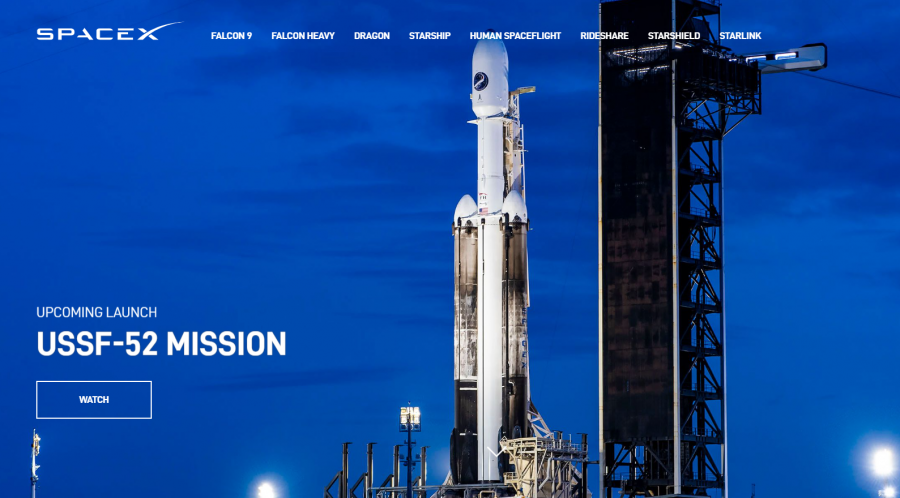
6. Space Policy Advisor
Space exploration and commercial space activities, which have accelerated recently, will require experts with public policy experience. These advisors might focus on issues related to space governance, international cooperation, and regulations. That is, they may be involved in ensuring that their organizations follow policies governing space exploration, satellite deployment, and space resource utilization.
For instance there are national space policies, commercial space launch policies, international space cooperation agreements, licensing and regulatory frameworks, satellite remote sensing policies. There are even policies for mitigating and remediating space debris. And these are just a few public policies related to the space industry.
7. Regulatory Sandbox Manager
This public policy career, which sounds too cool to be real, is ideal for those with previous business experience. More of a legal classification than a physical location, a regulatory sandbox is a space where businesses can play without following (most of the) rules. The objective is seeing whether the removal of restrictions produces innovative ideas and products.
Still, during the experimental phase, these sandboxes must respect basic regulations for public health, safety, and privacy. First, managers with public policy expertise must ensure that these essential regulations are followed during this phase. And when businesses transition out of the sandbox, managers must then confirm that they respect all relevant public policies.
8. Behavioral Economist / Policy Behavioralist
Those taking on this role work in many fields. As behavioral economists, they combine insights from economics, psychology, and/or cognitive science to analyze how people make decisions.
For instance, a policy behavioralist might work in the public health sector, analyzing data to evaluate a group’s potential response (acceptance? rejection? neutrality?) to a new vaccine policy.
In so doing, these policy experts might apply their analyses to help design interventions that positively influence human behavior. They could work to improve policy outcomes around pressing social issues, such as the Covid-19 pandemic.
Get Skills for Several Public Policy Careers.
Do these alternative public policy jobs sound fun? Fascinating? If they do, Michigan Tech’s Global Campus offers a versatile 9-credit Online Graduate Certificate in Public Policy that can add to/build on your current undergraduate degree.
This certificate consists of three, condensed, seven-week courses, which run several times a year.
- The Policy Process (SS 5301)
- Public Management (SS 5318)
- Policy Analysis (SS 5350)
Because of this schedule, you can STILL start your certificate in Spring or Summer 2024 and complete it quickly.
Want to learn more about this certificate? Or how to get started on the application? Contact Dr. Adam Wellstead at awellste@mtu.edu.
